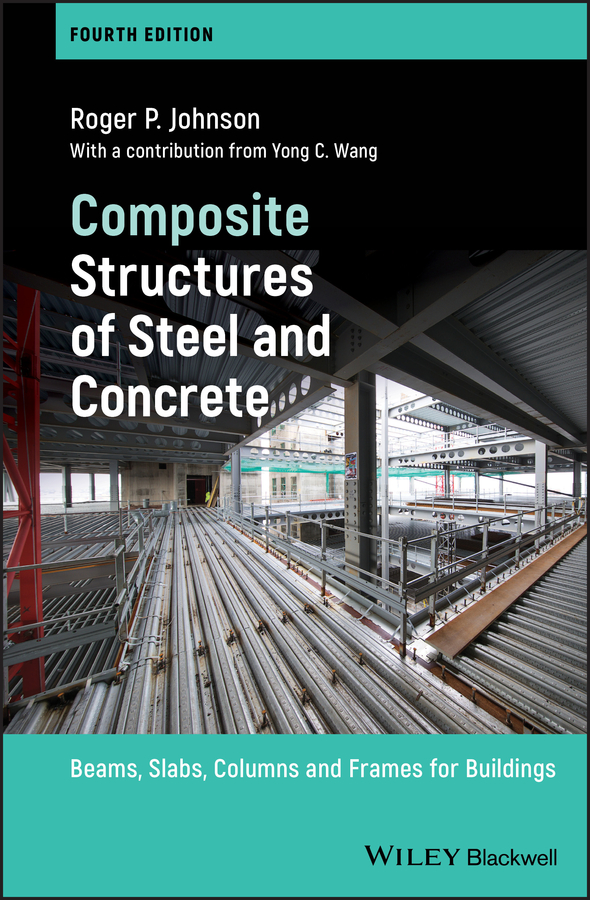- 中图分类号: TU
- 语种: ENG
- 出版信息: Wiley 2018 288页
- EISBN: 9781119401414
- PISBN-P: 9781119401438
- 原文访问地址:
KG评星
知识图谱评星,是一种基于用户使用的评价体系,综合图书的评论数量、引文数量、Amazon评分以及图谱网络中节点的PageRank值(即考虑相邻节点数量和重要性)等多种因素计算而得出的评价数值。星级越高,推荐值越高。CAT核心级
核心学术资源(CAR)项目作为教图公司推出的一项知识型服务,旨在打造一套科学、有效的图书评价体系,并协助用户制定相应的馆藏建设方案。CAR项目调查和分析12所世界一流大学的藏书数据,以收藏学校的数量确定书目的核心级,核心级越高,代表书目的馆藏价值越高。选取核心级在三级以上,即三校以上共藏的图书作为核心书目(CAT)。This book provides an introduction to the theory and design of composite structures of steel and concrete. Material applicable to both buildings and bridges is included, with more detailed information relating to structures for buildings. Throughout, the design methods are illustrated by calculations in accordance with the Eurocode for composite structures, EN 1994, Part 1-1, ‘General rules and rules for buildings’ and Part 1-2, ‘Structural fire design’, and their cross-references to ENs 1990 to 1993. The methods are stated and explained, so that no reference to Eurocodes is needed. The use of Eurocodes has been required in the UK since 2010 for building and bridge structures that are publicly funded. Their first major revision began in 2015, with the new versions due in the early 2020s. Both authors are involved in the work on Eurocode 4. They explain the expected additions and changes, and their effect in the worked examples for a multi-storey framed structure for a building, including resistance to fire. The book will be of interest to undergraduate and postgraduate students, their lecturers and supervisors, and to practising engineers seeking familiarity with composite structures, the Eurocodes, and their ongoing revision.







 京公网安备 11010602104826号
京公网安备 11010602104826号
